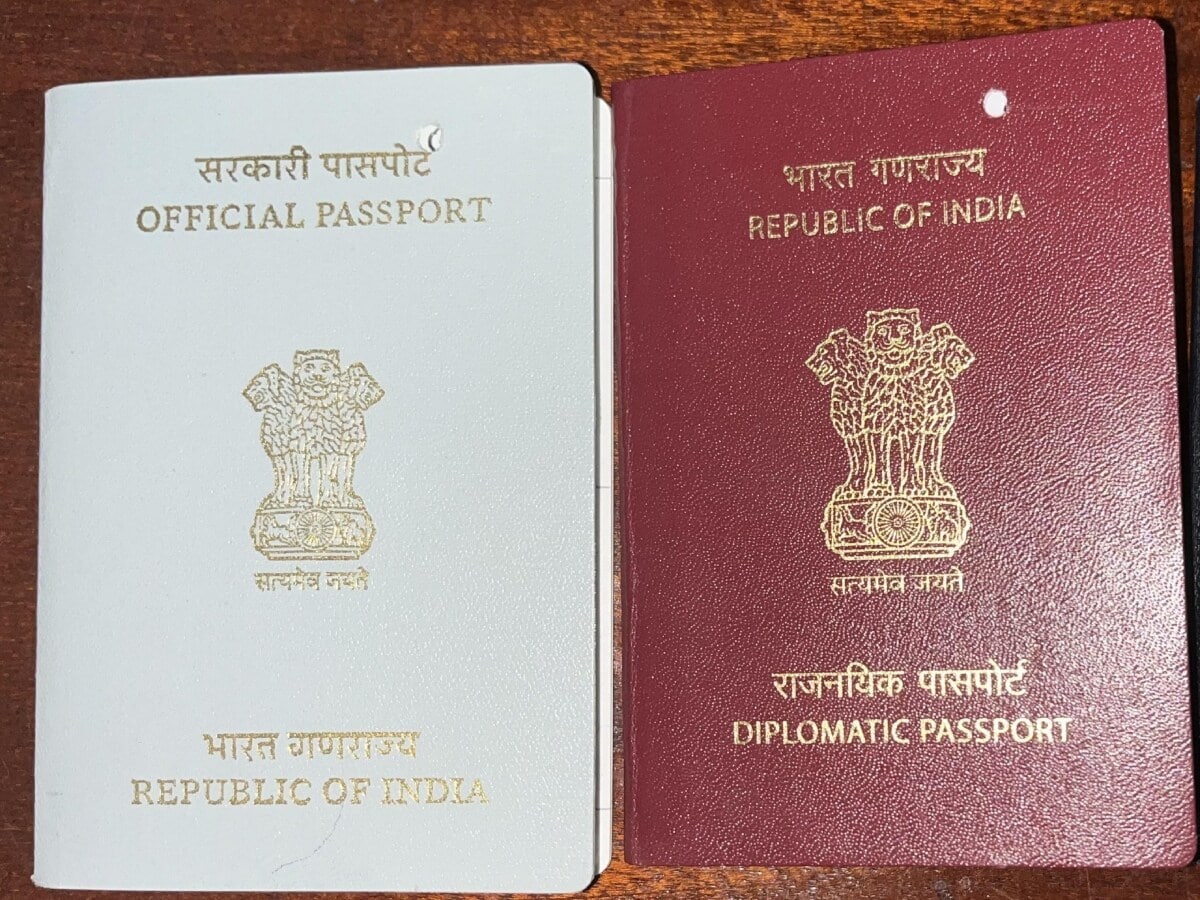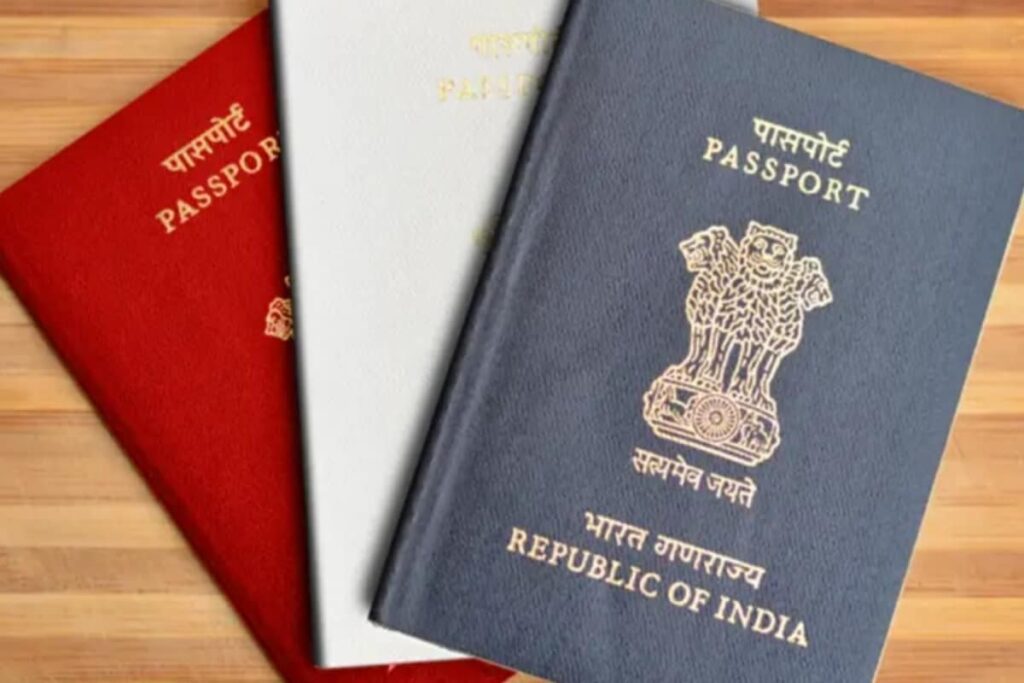When you see an Indian passport, its cover isn’t just a matter of design—it tells a story about the holder’s identity and purpose of travel. India issues passports in three distinct colors—blue, white, and red (maroon)—each carrying a different significance. Beyond convenience at immigration counters, these passports are now evolving with biometric e-passport technology to make global travel faster and more secure.
Blue: Ordinary Passport
The blue passport, officially known as the ordinary passport, is the most common travel document for Indian citizens. It’s issued for purposes such as tourism, education, business, or personal trips abroad. Millions of Indians carry this version.
The latest e-passport upgrade embeds a biometric chip, reducing risks of forgery and ensuring quicker immigration checks worldwide.

White: Official Passport
The white passport is issued to government officials, civil servants, and defense personnel when traveling overseas for official duties.
It signals the bearer’s official status and often comes with privileges like smoother clearances at immigration. Like the blue version, white passports are now being issued in RFID-enabled e-passport format.
Red: Diplomatic Passport
The red (maroon) passport is reserved for diplomats, senior government officials, and their families.
This category offers special courtesies, including visa-free or expedited visa access in several countries, reflecting the bearer’s diplomatic immunity or privileges. The transition to e-passports has further improved its security and global acceptance.

The Common Thread: Biometric Security
While the color codes distinguish hierarchy and purpose, the bigger shift is toward biometric technology. India’s e-passports come embedded with a microchip storing personal details and travel history, making forgery nearly impossible and speeding up immigration.
As e-passports become the norm, Indian travelers—from tourists to top diplomats—are set to experience smoother.


